The first known American to undergo gender confirmation surgery, Christine Jorgensen became a culture icon in the 1950s.
Christine Jorgensen never intended to be a celebrity. But in 1952, she became famous overnight after undergoing sex reassignment surgery in Denmark. She was America’s first known trans woman to have the procedure, and she initially wanted to keep her surgery private.
Though Jorgensen only told her family members and close friends about her plans, someone leaked her story to the press, and before she knew it, she was on the front page of the New York Daily News. By the time she returned to the United States, she was mobbed by reporters who wanted to know every single detail about her physical transformation.
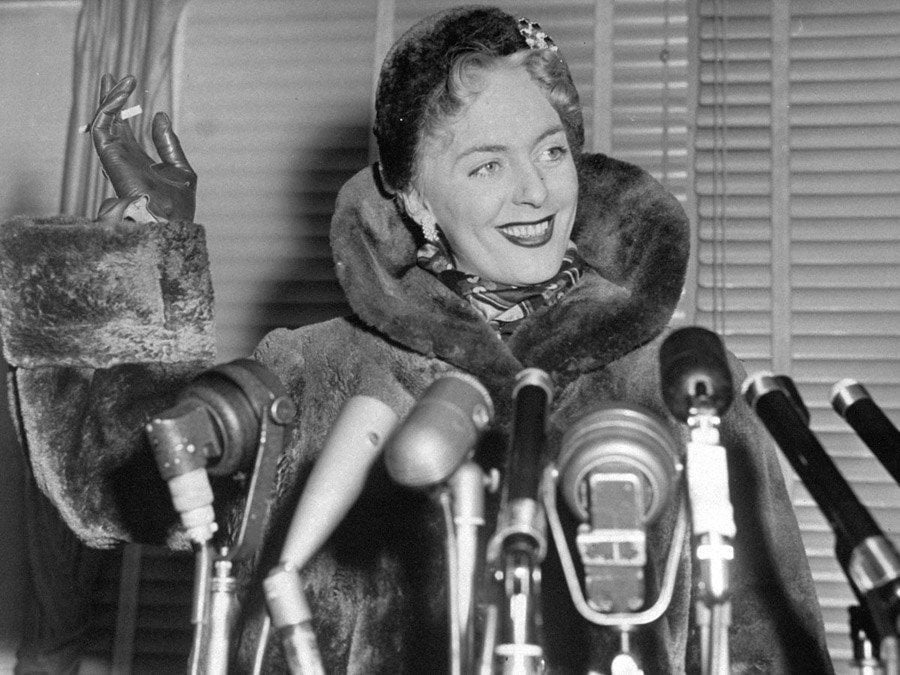
Bill Meurer/NY Daily News Archive via Getty ImagesChristine Jorgensen was one of the world’s first transgender celebrities.
Jorgensen, a World War II veteran who had once been desperate to fit in, decided to embrace her newfound fame as a transgender activist. Not only did she appear on talk shows and participate in lectures, but she also performed in nightclubs — often singing the song “I Enjoy Being a Girl.”
As she put it: “I decided if they wanted to see me, they’d have to pay for it.”
The Early Life Of Christine Jorgensen
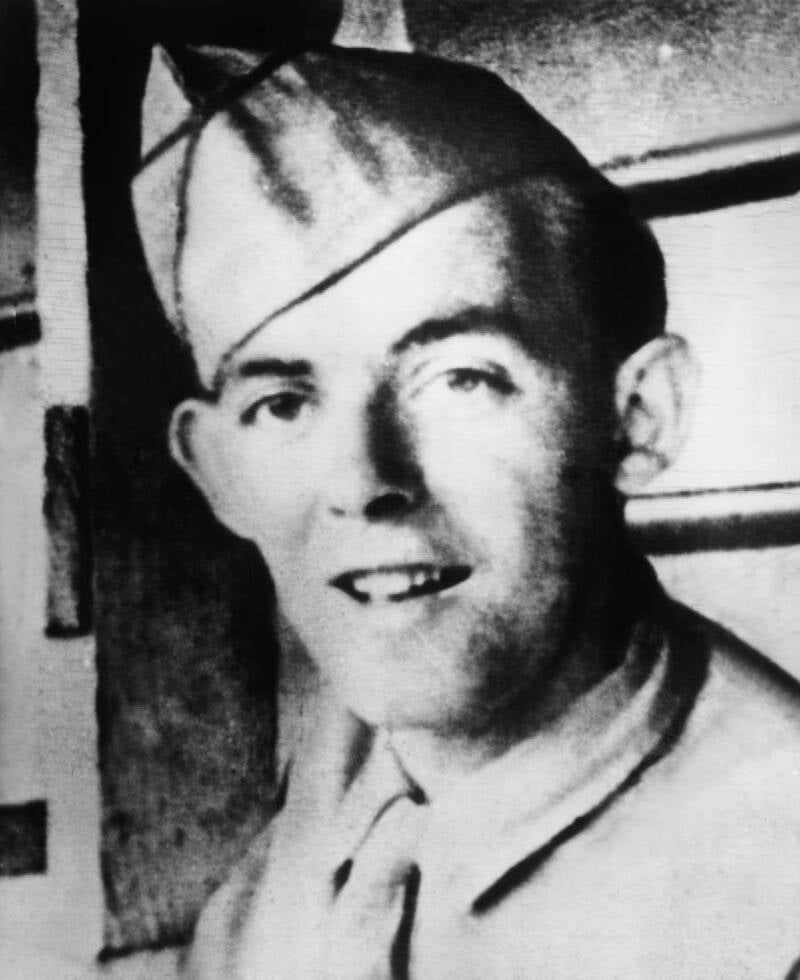
Everett Collection Historical/Alamy Stock PhotoChristine Jorgensen, back when she was known as George William Jorgensen, Jr., in the U.S. Army.
Assigned male at birth, Christine Jorgensen was given the name George William Jorgensen, Jr. when she was born in New York City on May 30, 1926. Raised in the Bronx, Jorgensen described her early self as a “frail, blond, introverted little boy who ran from fistfights and rough-and-tumble games.”
From a young age, Jorgensen recalled hating boys’ clothing and feeling as if she were trapped inside of a boy’s body. In high school, she felt as if she were “lost between two sexes,” and struggled with having crushes on boys. She took refuge in photography and the solitude of darkrooms.
After World War II broke out, she decided to enlist in the U.S. Army, but she was initially denied due to her small size. However, the Army later realized they didn’t have enough volunteers, and she was soon drafted. According to the National WWII Museum, she largely kept to herself during her service, hoping no one would find out about her struggles with her gender identity.
She said, “I wanted to be accepted by the army for two reasons. Foremost was my great desire to belong, to be needed, and to join the stream of activities around me. Second, I wanted my parents to be proud of me.”
Ultimately, she kept her inner struggles hidden and she was honorably discharged in December 1946, over a year after World War II ended.
After her service was complete, Jorgensen returned to her love of photography, even attending photography school in New Haven, Connecticut. But she still felt unhappy living her life as a young man. So when she learned about a new sex reassignment surgery being performed in Europe, she jumped at the opportunity to have the procedure herself.
Christine Jorgensen’s Stunning Transformation
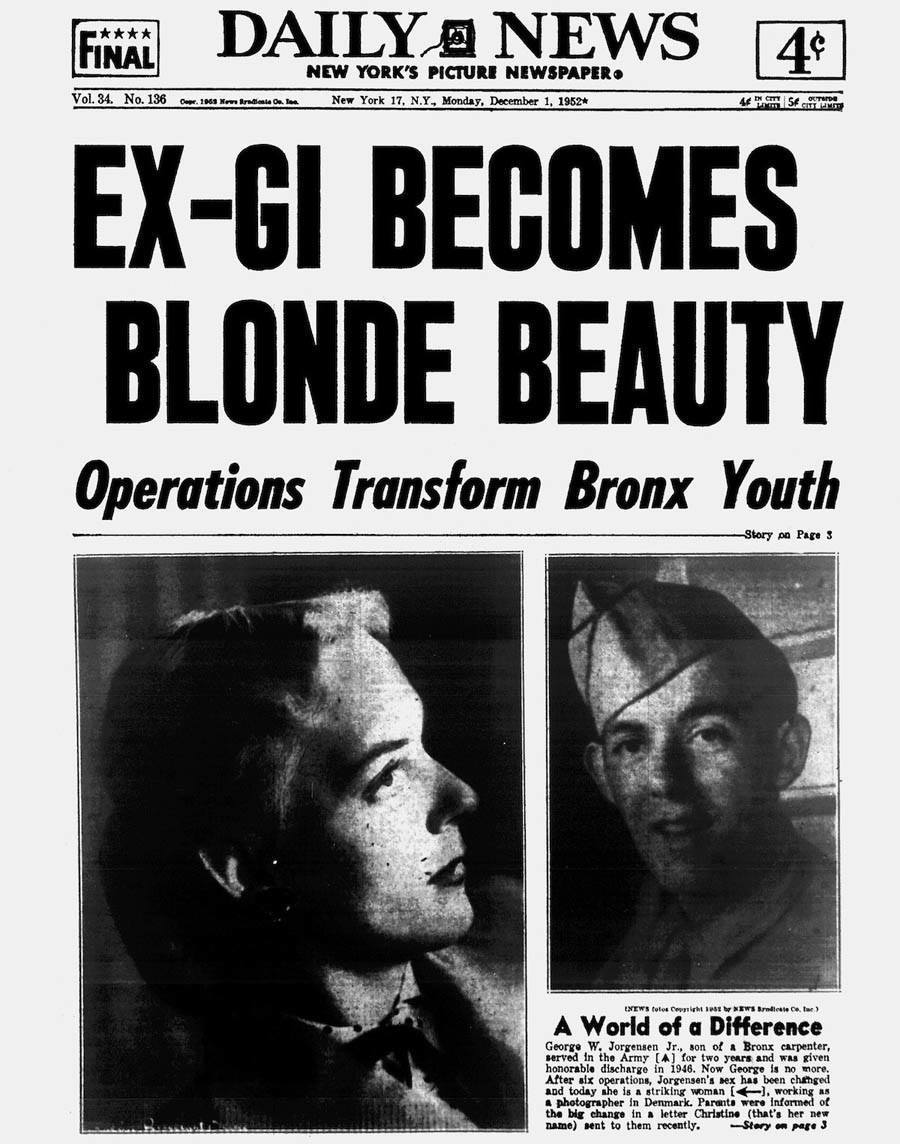
NY Daily News/Getty ImagesChristine Jorgensen’s story made the front page of the New York Daily News, much to her surprise.
Christine Jorgensen devoured book after book, trying to figure out a solution to her ongoing problem. It was the book The Male Hormone that inspired her to start taking estrogen. She also began visiting doctors to see if there were any medical treatments that could help. However, most doctors simply described Jorgensen as “homosexual” since she was attracted to men.
Eventually, she learned about surgeons in Europe performing sex reassignment surgeries and became so interested in the procedure that she decided to travel to Denmark in 1950. There, she met with pioneering endocrinologist Dr. Christian Hamburger, who was the first medical expert to describe her as “transsexual” rather than “homosexual.” This helped pave the way for Jorgensen to receive gender confirmation surgery.
After being treated with hormone injections and attending psychotherapy sessions, Jorgensen slowly began undergoing the surgeries that would give her the physical transformation she wanted. She was so pleased with the results that she chose her new name Christine in honor of Dr. Hamburger.
She informed her family of her decision with an emotional letter, writing, “I have changed very much. But I want you to know that I am an extremely happy person… Nature made a mistake, which I have had corrected, and I am now your daughter.” She also included a few photos with the letter, so her loved ones wouldn’t be surprised by her new appearance.
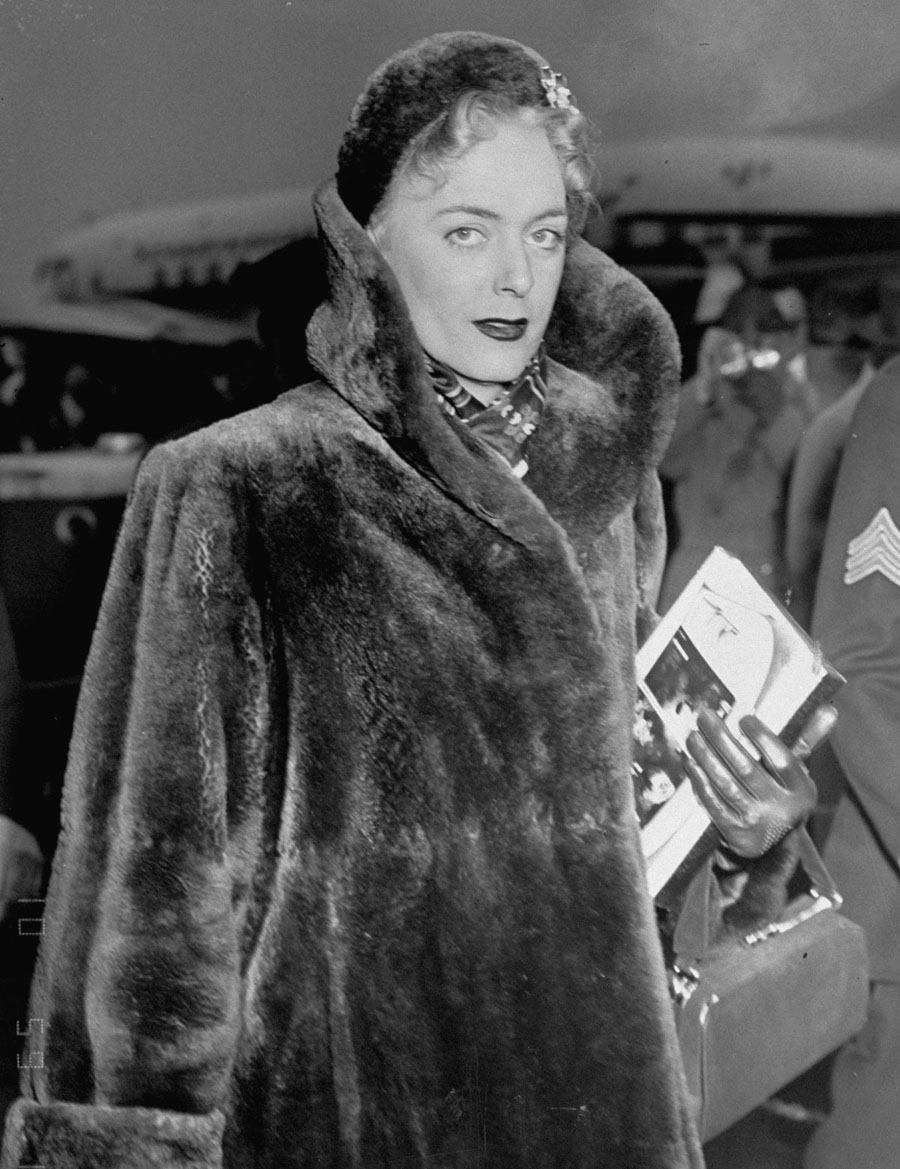
Tom Gallagher/NY Daily News Archive via Getty ImagesChristine Jorgensen, pictured shortly after her return to the United States.
She also penned letters to her friends about the procedure, writing, “As you can see by the enclosed photos, taken just before the operation, I have changed a great deal. But it is the other changes that are so much more important. Remember the shy, miserable person who left America? Well, that person is no more and, as you can see, I’m in marvelous spirits.”
According to the New-York Historical Society, Jorgensen initially wanted to keep her surgery private. But someone who knew about her plans contacted the media, and her stunning transformation became front-page news on December 1, 1952. That day, the New York Daily News published before-and-after photos of Christine Jorgensen with the eye-catching headline “Ex-GI Becomes Blonde Beauty: Operations Transform Bronx Youth.”
By the time she returned to the United States in 1953, there were hundreds of reporters waiting to greet her at a New York City airport. Though she was well aware by that point that her story was now public knowledge, she quickly became overwhelmed by the attention after answering just a few questions. She said, “I thank you all coming, but I think it’s too much.”
However, she would eventually embrace her fame.
One Of The First Transgender Celebrities
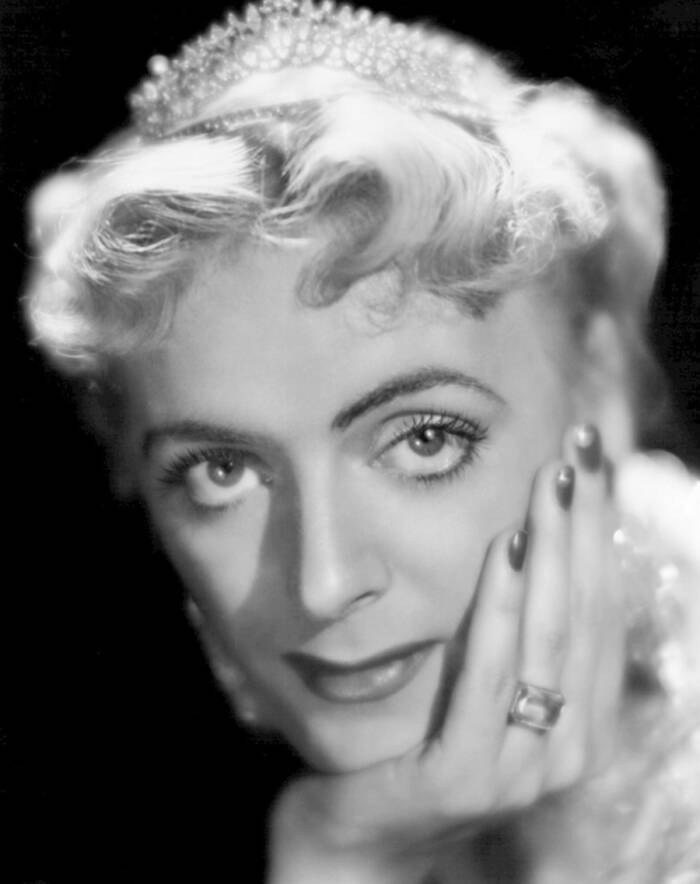
Maurice Seymour/Wikimedia CommonsChristine Jorgensen found success making appearances at both lectures and nightclubs.
Christine Jorgensen’s transformation led to mixed reactions across America. While some praised her for her “masculine,” patriotic past as a soldier and her physical beauty as an out trans woman, others mocked her by calling her an “altered male” and a “morbid transvestite.” Yet others continued to pry into her personal medical records, especially since she was not yet finished with all of her surgeries by the time her story broke. She would not receive her most coveted procedure, a vaginoplasty, until 1954.
Despite facing discrimination and interference into her personal life, Jorgensen saw a chance to make a living as a transgender celebrity. She also saw an opportunity to help other young trans women.
Eventually, Jorgensen found success making appearances on talk shows and participating in lectures. She also embarked on a series of performances at nightclubs. According to The New York Times, one of her signature songs that she performed during her act was the classic tune “I Enjoy Being a Girl.”
She also published a book, Christine Jorgensen: A Personal Autobiography, and her story was dramatized in the movie The Christine Jorgensen Story.
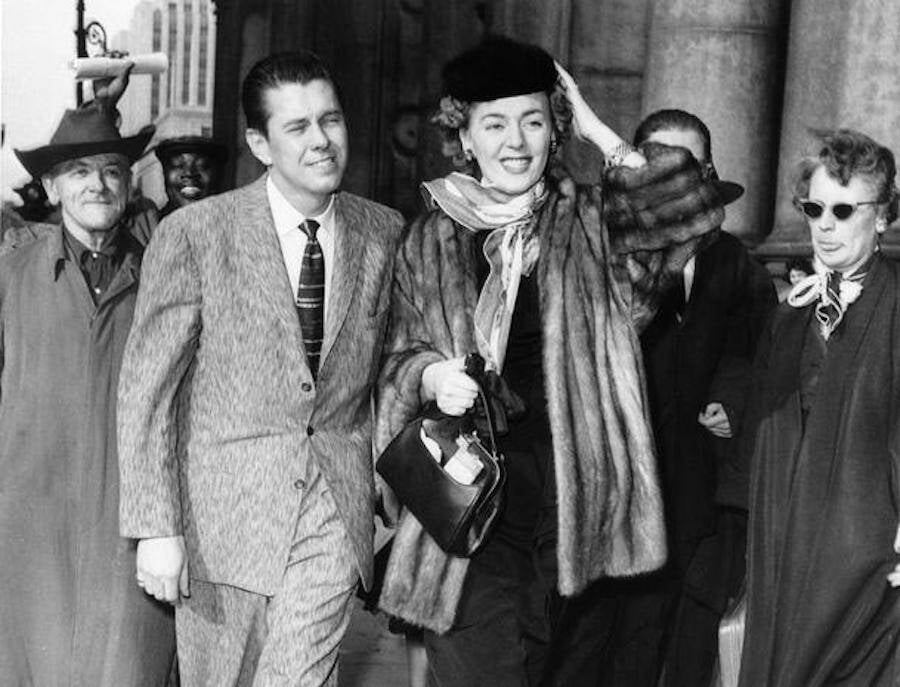
Wikimedia CommonsChristine Jorgensen tried to marry her partner Howard J. Knox in 1959, but she wasn’t able to get a marriage certificate because her gender was still listed as “male” on her birth certificate. Ultimately, Jorgensen chose not to marry anyone.
Though Jorgensen had originally wanted to live a quiet life as a trans woman, she never regretted undergoing gender-affirming surgery. She said her family and friends were “understanding” about her decision. And even though not everyone in the public supported her, she believed that the publication of her story could help others who faced similar struggles.
She also said she gave the sexual revolution “a good swift kick in the pants.”
In her later years, Jorgensen was diagnosed with bladder and lung cancer. She died at age 62 on May 3, 1989 — but not before doing a few final interviews. In one of her last interviews, she said that although the general public knew more about transgender people than they did when she received gender confirmation surgery, there were still some things that people outside of the transgender community didn’t seem to comprehend.
As Jorgensen put it: “What people still don’t understand is that the important thing is identity. You don’t [transition] primarily for sexual reasons, you do it because of who you are.”
After reading about Christine Jorgensen, learn the stories of nine brave LGBTQ soldiers who were nearly forgotten by history. Then, go inside the murder of Brandon Teena, the trans man who inspired “Boys Don’t Cry.”





